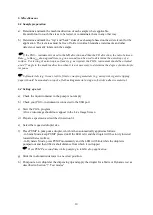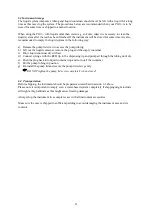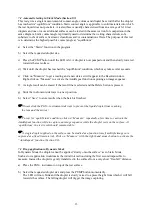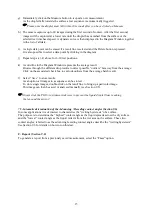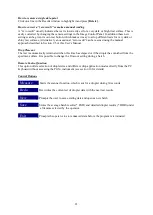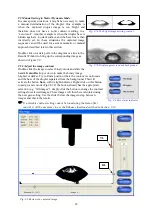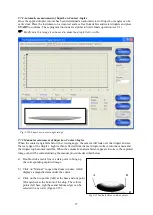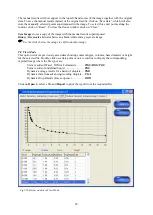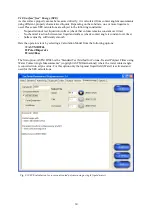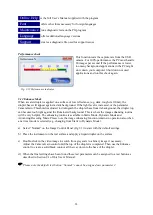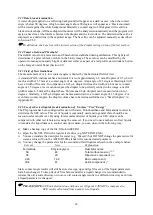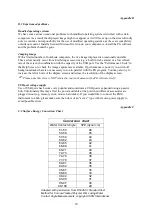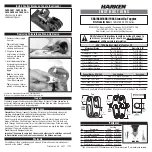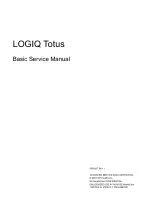
24
9.6 Advancing Mode
This mode captures a video sequence showing the dynamic interaction between a liquid and a surface
as the liquid spreads over the dry surface (“wets”) and then retracts from the wet surface (“de-wets”).
This interaction, described as “wetting hysteresis”, is characterised by the highest (“advancing”) and
lowest (“receding”) contact angles. This test is based on a reversible pump flow. The optional PG
Dosing Unit is a programmable dispenser suitable for this task, but any stand-alone pump with
reversible flow can be used for the test. With a little practice it is even possible to use a regular
handheld syringe to run this test manually.
9.6.1 Automatic measurement using a reversible pump
The dispensing tip must be equipped with a fine capillary tube inserted into the PTFE tubing (P/N
860309). In addition, the distance between the dispensing tip and the test surface must be short enough
to make sure the droplet remains in contact with the tip during the test sequence, as the test otherwise
will be terminated.
a)
Click on Measure to start a new test.
b)
Pump out a droplet, which must contact the surface within 30 seconds to trigger the test.
The pump should now pump out liquid until the droplet has spread sufficiently across the dry
surface (the “advancing” phase). Next the pump flow should be reversed so the liquid retracts
from the wet surface (the “receding” phase).
c)
The test is automatically aborted when the contact is lost between the tip and the surface.
Fig 9.11 Automatic determination of advancing/receding contact angles
Coloured fields indicate the
data used for calculation of
advancing/receding contact
angle values

